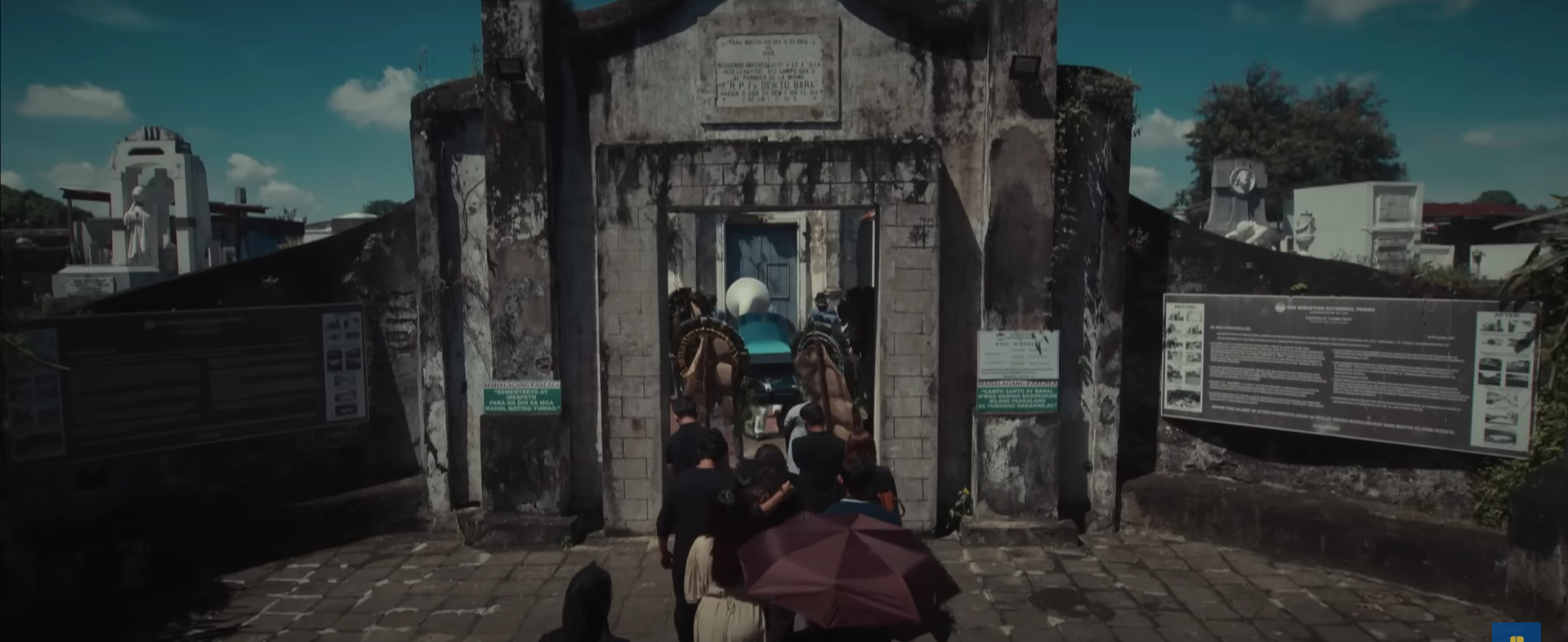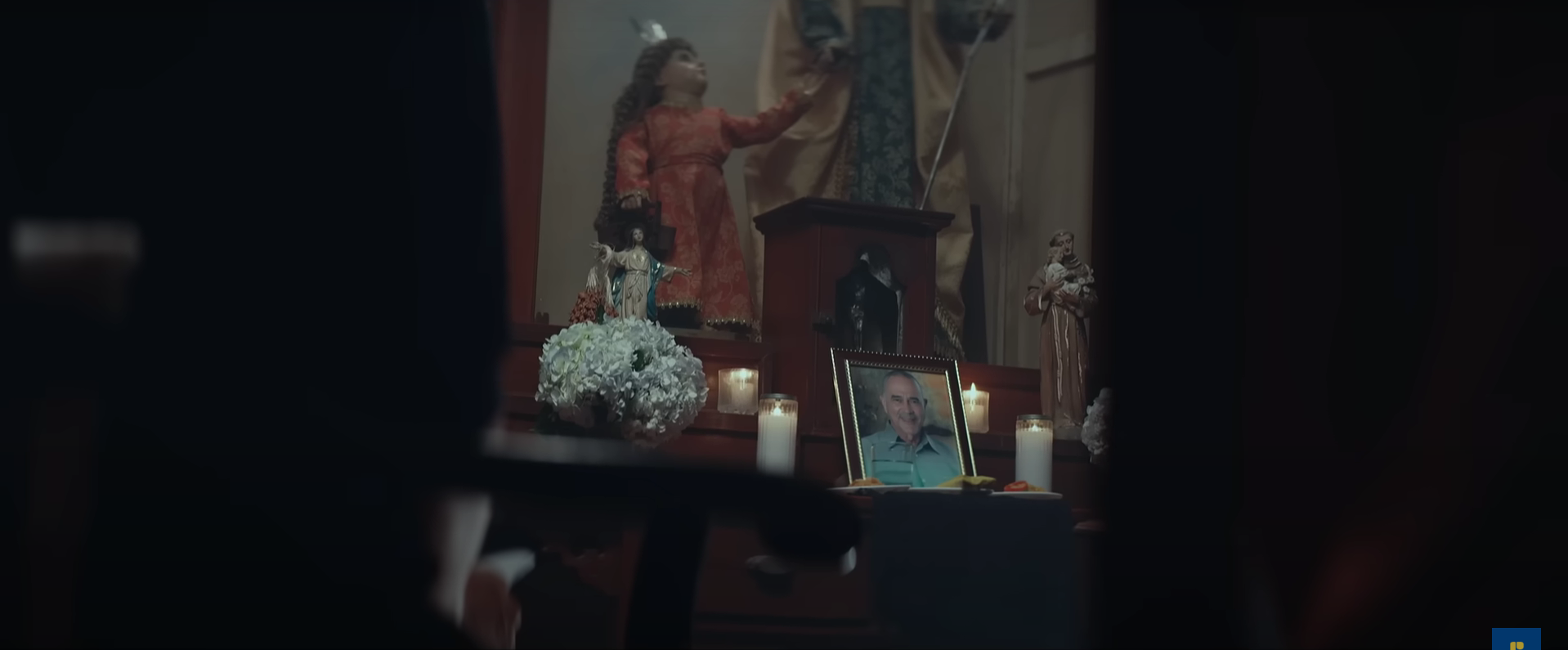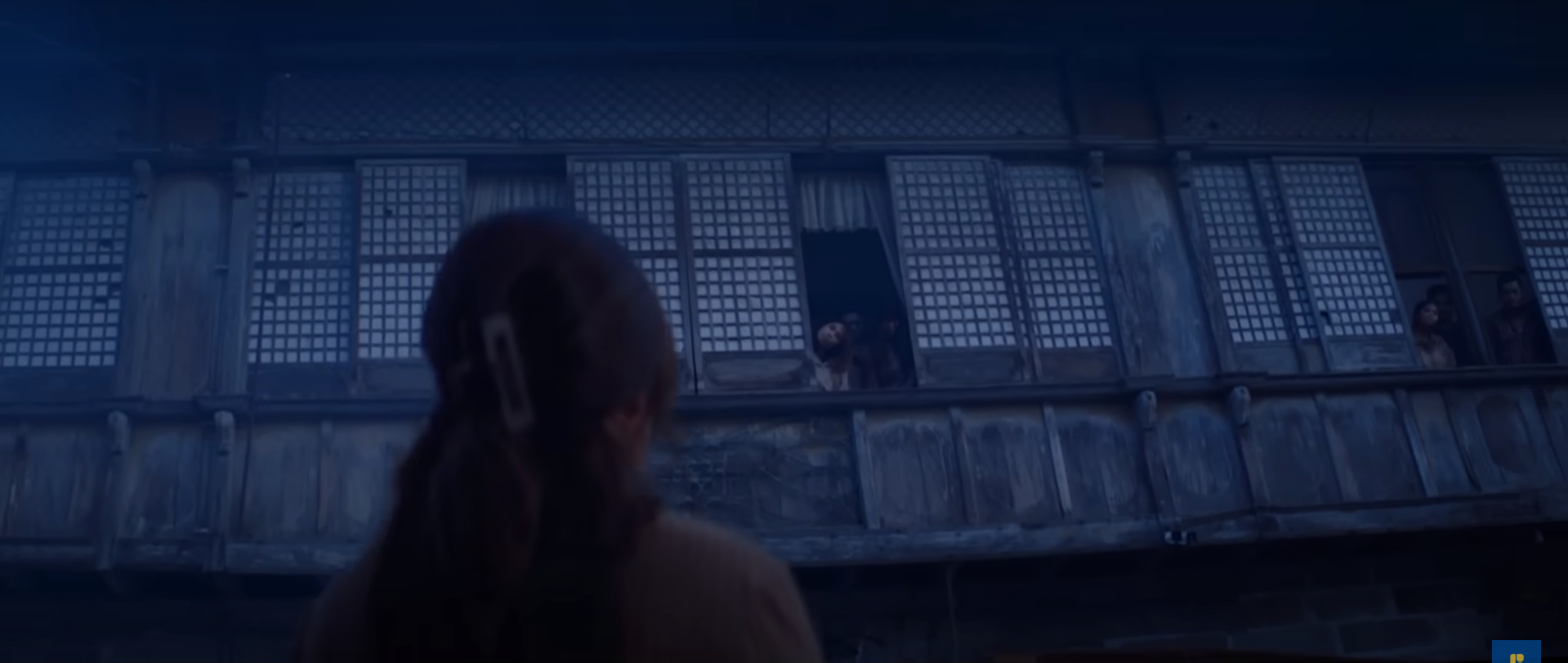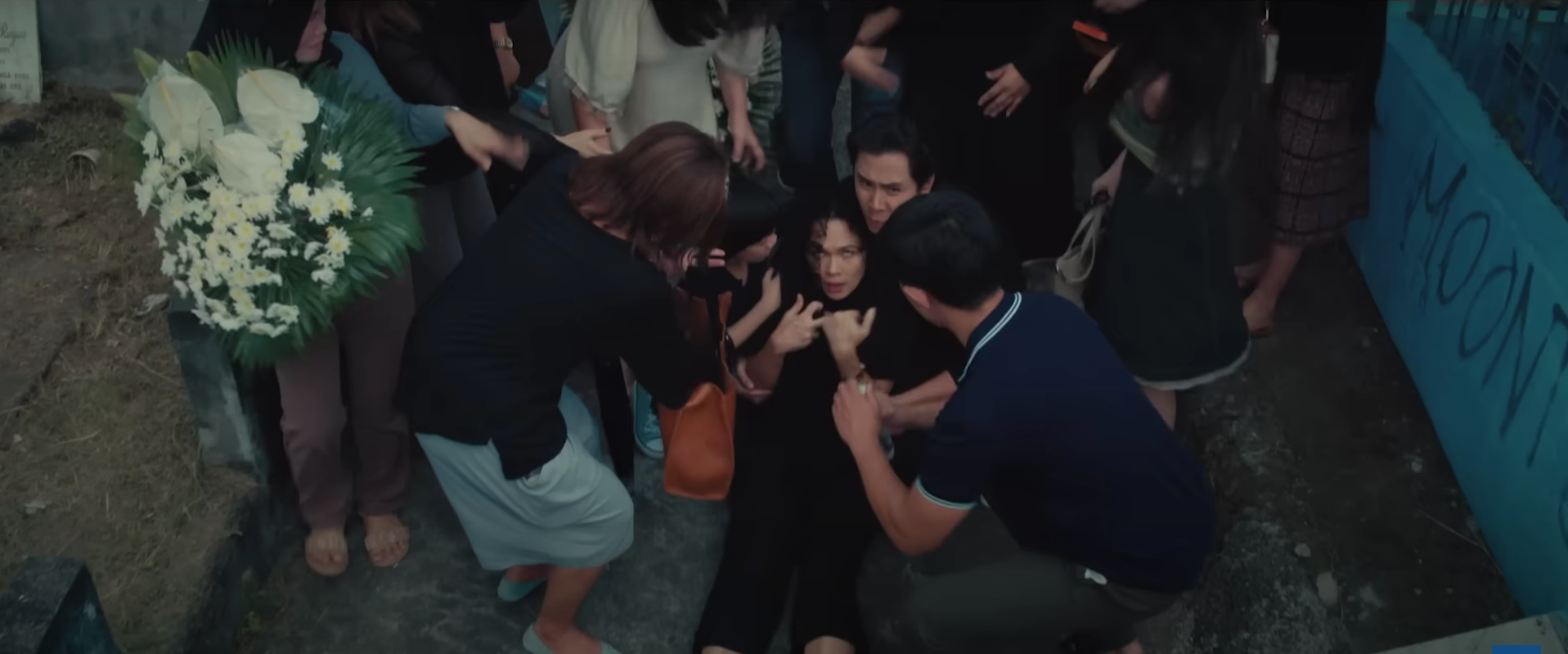THREE WOMEN – a betrayed wife, a mistress and an offspring conceived outside of wedlock – find themselves entangled by the thread of infidelity that eventually leads to a bloody trail. With their misfortunes in view, their lives is a stark reminder of the true horrors beyond the supernatural.
Yet, despite being armed by this horrifying imagery and the prowess of some of the country’s finest actresses, Espantaho fell short in drawing screams and goosebumps to be a well-rounded horror flick.
It follows Monet (Judy Ann Santos) as she navigates numerous supernatural events occurring in her newly deceased father’s house, where she is about to be evicted.

The film narrates the events that transpire from the burial of Pabling, Monet’s father who died from lung cancer. After the funeral, her husband Jack (JC Santos) leaves and forgets a painting on the porch of the house they inherited. People start to disappear when Adele (Chanda Romero), Pabling’s wife, arrives to lay hold of the land and home where Monet and her son Keith (Kian Co) reside.
The plot shows an intricate entanglement of characters enslaved by a past rooted in deceit. In one hand, children find themselves with mothers who act in a way they do not understand. The unusual experience prod them to discredit their mothers’ hardships and perspectives.
On the other hand, Monet, Adele and Rosa (Lorna Tolentino), meanwhile, are shackled to the pain they feel about their children getting involved in their messy lives.
The film offered a satisfying course, veering away from the generic quarrels seen in soap operas where the infidel is often spared. Instead, it showed the women cooperating against the true enemy in their lives: a traitor spouse. The manifestations of this rage captured the audiences’ sympathy into rooting for them. The film also showed forgiveness, not towards unrepentant characters, but among people who hurt because they hurt.
One cannot say that justice has been served, but it prevented the film from having the usual sunshines and rainbows ending as its conclusion reflected how conflicts and losses are dealt with in real life.

The film had numerous allusions to Filipino culture, such as consulting espiritistas when mysterious things happen in a household. In one instance, when Monet and Frida (Donna Cariaga) are talking about the food to be prepared for the pasiyam or the novena prayer for the dead, the former mentions serving pancit on the last day of the búrol. Pancit, while believed to ‘extend life’ when eaten in celebrations, should not be served on wakes, according to a Filipino superstition. Even ‘Pabling,’ the name of Adele’s womanizing husband, is a slang term for playboy.
Espantaho is Judy Ann Santos and Lorna Tolentino’s return to horror films after a long hiatus, and they showed that they still have the acting chops that brought them their prestige. Santos’s expressions showed the burden that Monet is carrying, but the fast-paced nature of their lives did not allow for her to show the drama prowess she is known for. Despite this, her performance gave her the Best Actress award for the film festival’s golden year.
Meanwhile, Tolentino’s acting showed a multi-dimensional character that irks and amuses. However, her participation did not show her best abilities as an actress, as it was hindered by the nature of the character she was playing.
Child actor Kian Co as Monet’s son delivered his lines masterfully and is already skilled in channeling his emotions despite his young age. Chanda Romero proved why she is considered one of the legendary kontrabidas or antagonists. The grandeur of her aura amplified the rage and intimidation of all the lines she delivered. Due to her portrayal, she easily captures the audience’s sympathy when she narrates the story of her husband’s betrayal.
Eugene Domingo owned the role she was given. Despite the small role, Domingo proved that she was the best choice for the character of Aling Georgia. Janice de Belen and Mon Confiado as Andie and Roy, respectively, stirred emotions as they faced the film’s own version of villains consisting of leeches and maggots, and showed their own unique sentiments in the short air time they had.

However, the film lacks an integral part of a horror film: the ability to scare. There were minimal jump scares, and instead, much of the horror in the film came in the form of pests infesting the people residing in the house. The choice to employ bugs may have something to do with the mystery surrounding a pastoral setting, but it was unclear if the bugs symbolized aspects of the characters’ lives. The music helped in creating a scary atmosphere, but it would have been more effective if the film used silence to contrast its chilling visuals. The movie puts the spectators in an almost omniscient point of view, which serves to scare the characters more than the audience.
The effects were well-utilized in creating a gloomy atmosphere for the characters. The change of lighting from shady to radiant, albeit sharp, guided the audience to the narrative film. Meanwhile, the use of pests as horror devices was flawed as there were instances where the insects, being mere effects, looked too obvious. The props and locations also have significant room for improvement.
The burial scene showed an arch with the text “Catholic Cemetery” in typewritten font. This showed a lack of care in using a better typeface and naming the cemetery. The wedding photos of Adele and Pabling also featured edited pictures of the already old actors, making these look unconvincing. The portraits would have been more realistic if they featured younger look-alikes of the actors, similar to what was done with Rosa’s image.

Espantaho was a good showcase of the ever-present kabit plots with its horror twist and a new approach to resolution. It managed to show the sincerity of grief while nonetheless still doing what one ought to do. There are a lot of areas for growth in the scare and visual aspects, but it remains a worthwhile and interesting watch. Despite all the horror it presented, with mysterious origins, it served as a reminder that the living can do more harm than the dead. F



